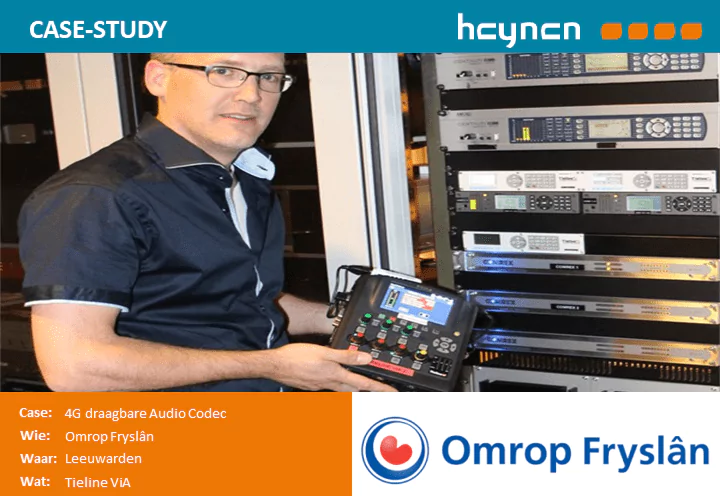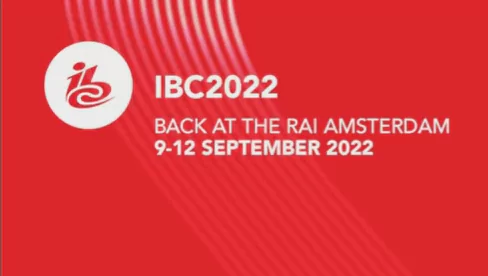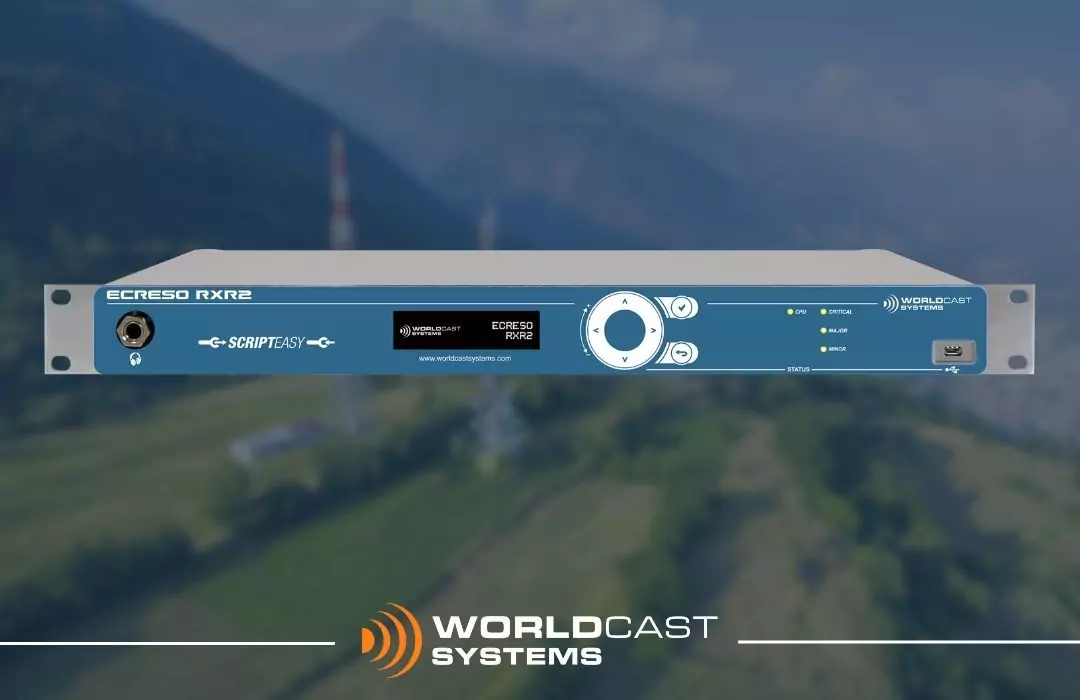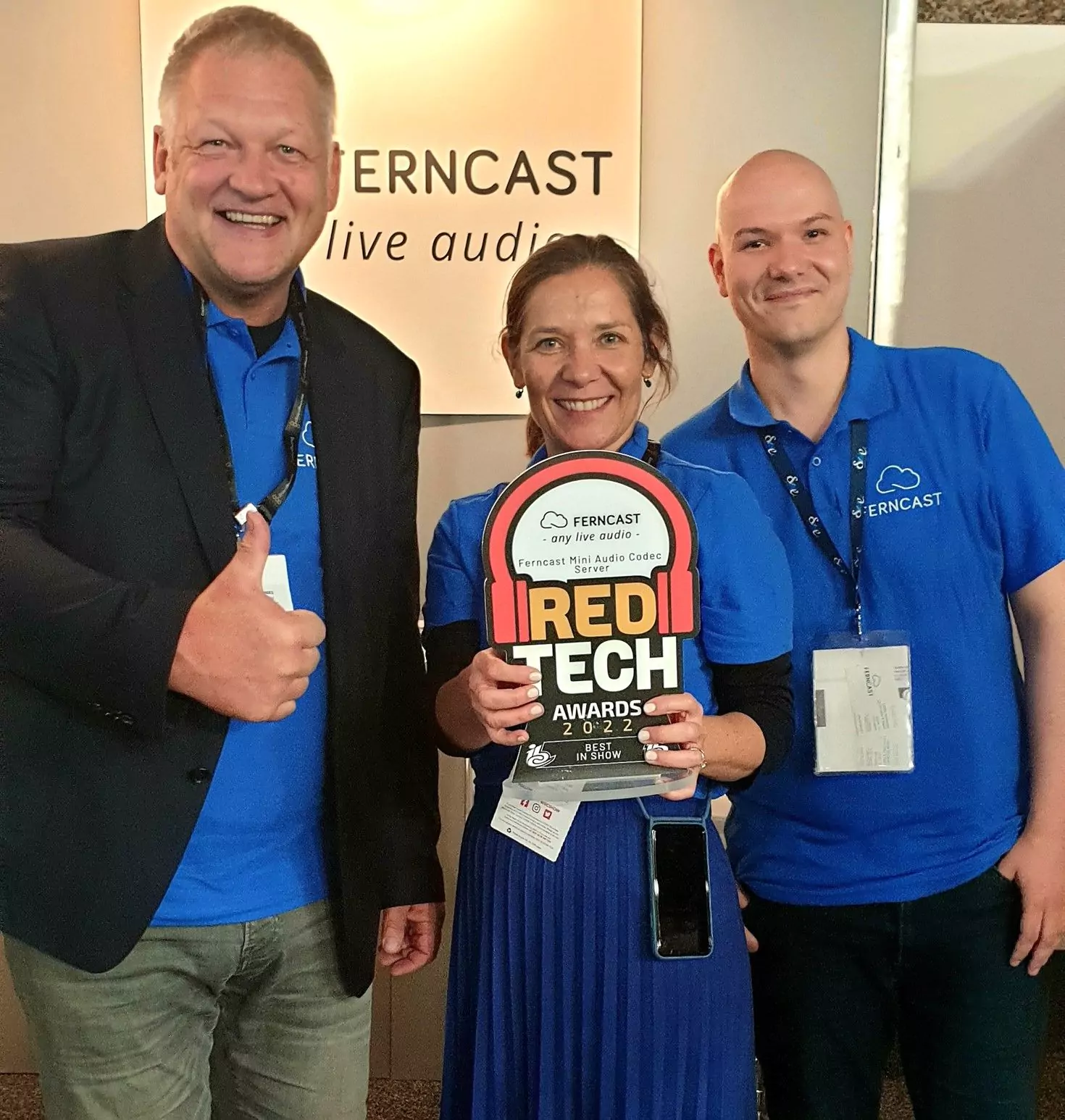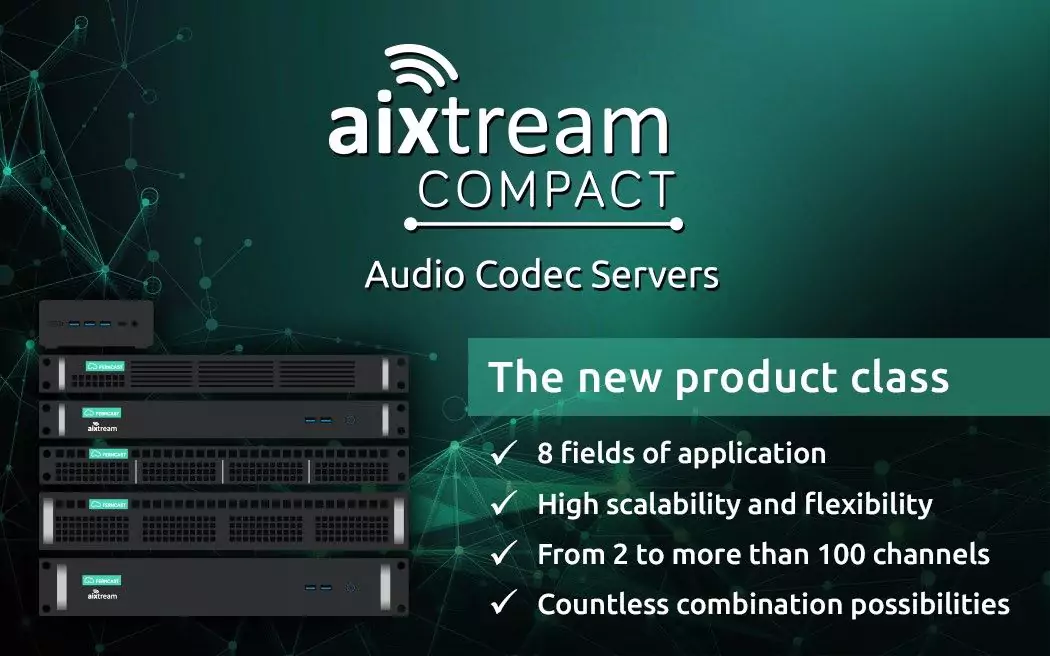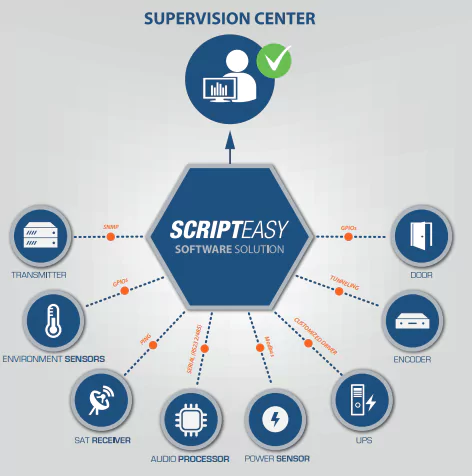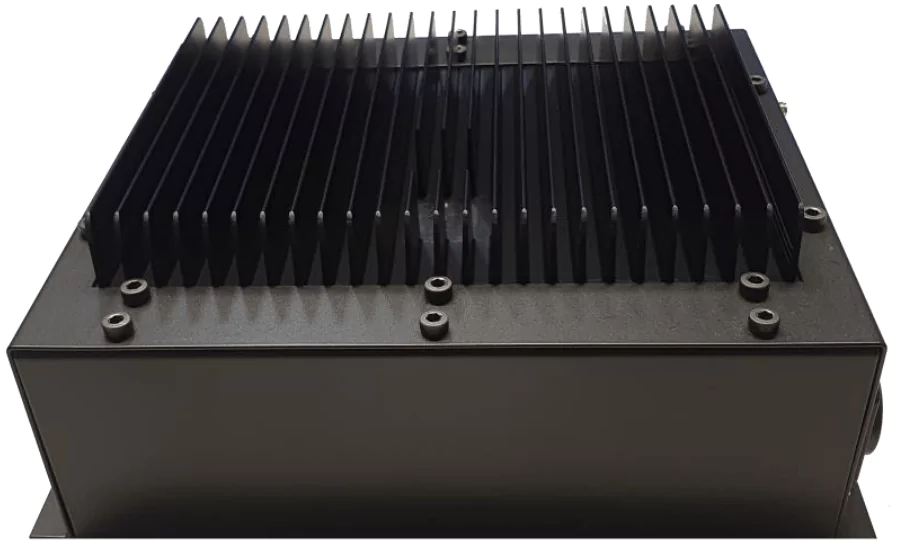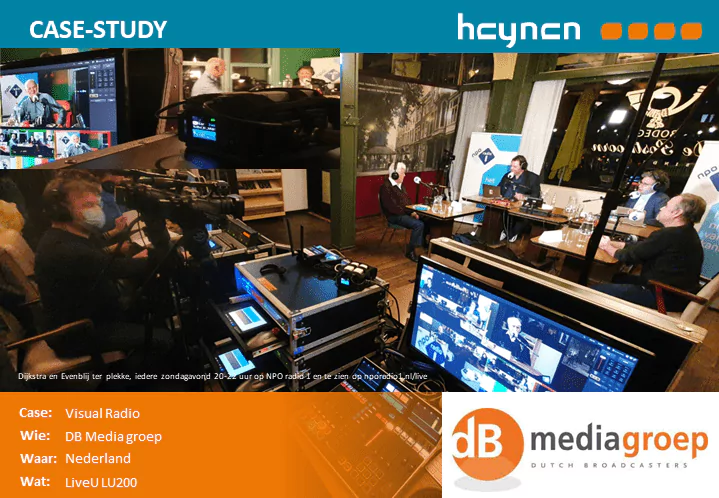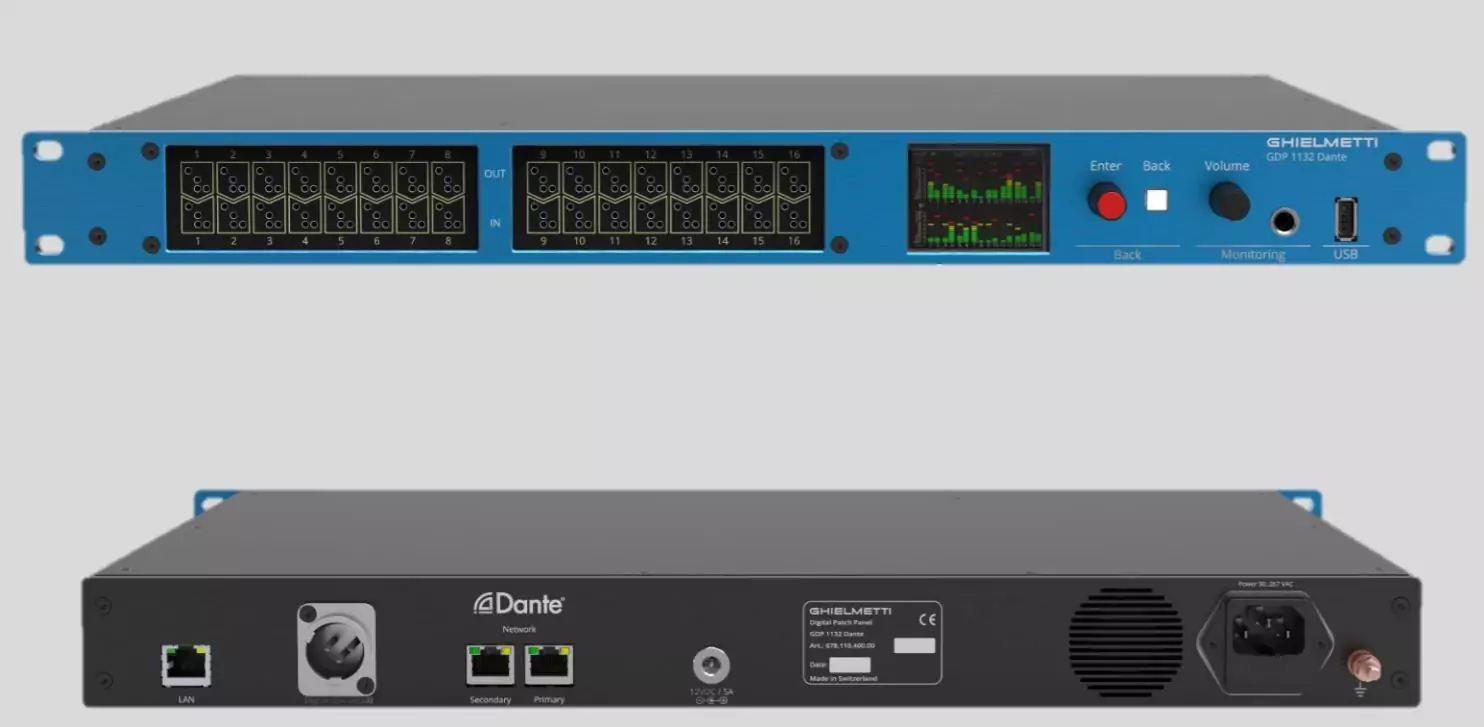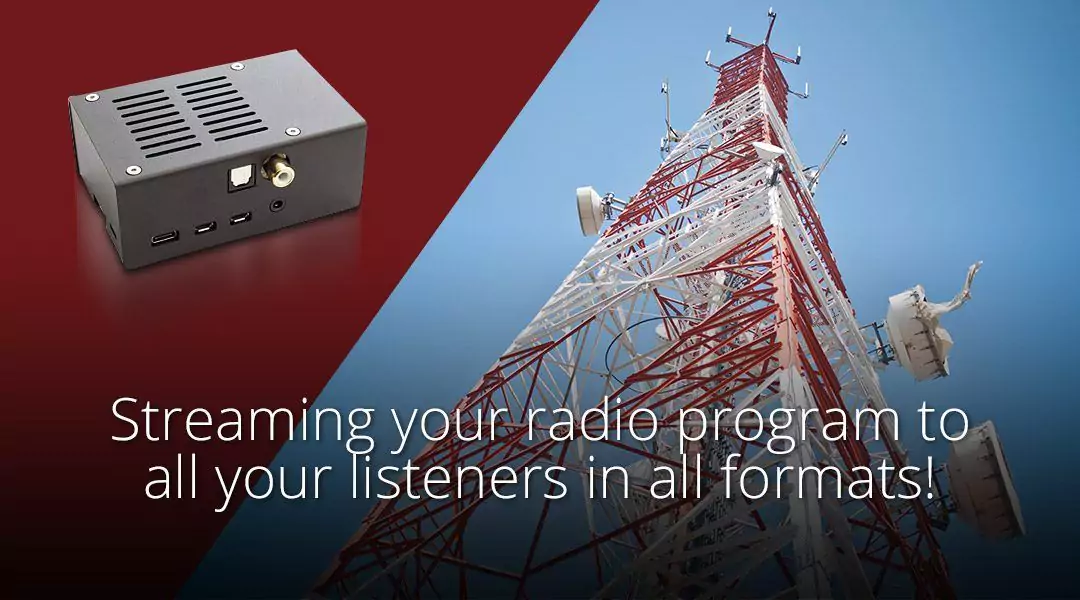Calrec type R, for Radio

A modular, expandable, IP-based radio system from Calrec Audio. Type R uses standard networking hardware and soft panels which can be tailored to operator needs. With just three hardware panels to create multiple system types, make Type R the building blocks for your station.
Fader Panel
Fader panels are small, sleek and simple, with six faders and immediate access to essential controls. Fader panels can be added or removed as simply as plugging or unplugging an Ethernet cable, creating a radio infrastructure that is easily expandable, and making upgrades quick and simple.
Large Soft Panel (LSP)
Type R touch-screen soft panels are designed around simple and colourful control elements and can easily be customised as multi-function panels. This functionality can be quickly changed from show-to-show using simple memory loads and can be tailored to fit the needs of the talent.
Small Soft Panel (SSP)
Soft panels can be utilised in either landscape or portrait formats and used to provide adaptable and specific functionality for talent, while ensuring overall control is maintained by the station technical team. Both LSP and SSP panels can be added with a single Ethernet connection.
Dedicated IP backbone
Type R has a simple 2U core with integrated I/O resources to get customers up and running immediately. With a native IP backbone, Type R provides an infrastructure for future expansion with all the requisite power, function and scalability to ensure stations keep pace with changing demands.
Broadcast-focused control
Broadcast-specific control is clear and concise across the system. Bussing, including the creation of mix-minus feeds, is quick to assign, while EQ and dynamics control is clear and fast. Type R provides simple customisation across established networks, open control protocols and surface personalisation.
Adaptive and flexible
Type R is a thoroughly modern and customer focused radio broadcast system that adapts to a station’s needs as its requirements evolve. It provides simple customisation across established networks, open control protocols and surface personalisation.
Features Calrec type R:
- Up to 48 physical faders on one surface
- Full size 100mm faders
- External Talkback microphone
- 2 x stereo headphone outputs (1/4” TRS jack) I/O boxes
- Multiple sample rates; operates at 44.1, 48 and 96kHz. All DSP facilities available at all sample rates.
- Between 18 and 60 input channels per console
- Up to 3 x (mono, stereo or 5.1) main outputs
- Up to 8 x (mono, stereo or 5.1) groups
- Up to 16 (mono or stereo) aux outputs
- De-esser on all channels
- Expander/gate/ducker a with sidechain EQ on all channels and groups
- Automixer on every mono channel and group
- Compressor/Limiter on all direct outputs & mix minus outputs
- 1 x assignable direct output per channel/group
- 1 x assignable mix minus output per channel/group
- 1 x insert sends & return per channel/group/aux/main (mono, stereo or 5.1)
- Dedicated monitor inserts available to console LS, studio 1 LS and misc LS
- 2 x stereo mix minus buses
- 1 x off-air stereo conference bus
- 48 x external monitor/meter inputs
- Unlimited VCA groups
- 4 band full Parametric EQ + LF & HF filters with 12 or 24dB/octave slopes on every channel, group, aux and main
- 5.4s Input Delay per Channel from a pool of 48 delay blocks
- 5.4s Path Delay for every path from a pool of 48 delay blocks
- 5.4s Output Delay per Output including Direct Outputs from a pool of 48 delay blocks
- AoIP connectivity, including redundant connectivity for all I/O boxes
Ten reasons why Type R make the building blocks for your station
1. Type R is the most flexible radio console on the market
Type R consists of three standard panels – a fader panel, a small soft panel (SSP) and a large soft panel (LSP). These are all the building blocks any radio station will need to create a system that will fulfil its requirements.
2. It grows with you
Type R is available in four DSP sizes; 20, 40, 80 and 120 input channels. Radio stations simply choose the number of channels needed and as they grow larger packs can be added, so Type R grows with the station.
3. Type R is whatever you need it to be
The Soft Panels (LSP and SSP) can be configured via Calrec’s Panel Designer Application to give as much or as little control as is required. The designs can be saved and recalled quickly and easily between shows.
4. Type R is specifically designed for modern radio
Type R is designed from the outset as a console for radio. Many radio industry professionals were consulted to identify the key issues and features in modern radio broadcasting and Type R is Calrec’s answer.
5. Integrates with IP workflows
Type R has a native IP backbone using AoIP as an audio transport. It is AES67 compatible as defined by SMPTE2110 to accommodate the demand for fully integrated IP based workflows.
6. Streamlined and affordable networking
Cabling for the panels is kept to a minimum as power is over Ethernet (POE) via the same cable as the data using Commercial off the Shelf (COTS) switches. Type R is compatible with affordable, readily-available standard IP networking equipment.
7. NMOS Compliant
In compliance with SMPTE2110, Type R is fully compatible with NMOS IS-04 and IS-05 discovery and connection management specifications. Type R’s audio streams will appear on the stream management application to be connected as desired.
8. You already know how to use it
Type R has a simple, intuitive and versatile GUI. Whether it’s been designed to give a simple or extensive level of control, its friendly aesthetics make navigating Type R’s functions instantly familiar.
9. Type R is fully user-definable
Every radio show has different requirements and Type R can save and recall all settings at the touch of a button, so transitions can be smooth and seamless.
10. Type R evolves with a station’s changing requirements
Extra panels can easily be added on a permanent or temporary basis to meet changing demands. Type R’s core can host three separate mixing environments so as a studio expands, Type R can too.












